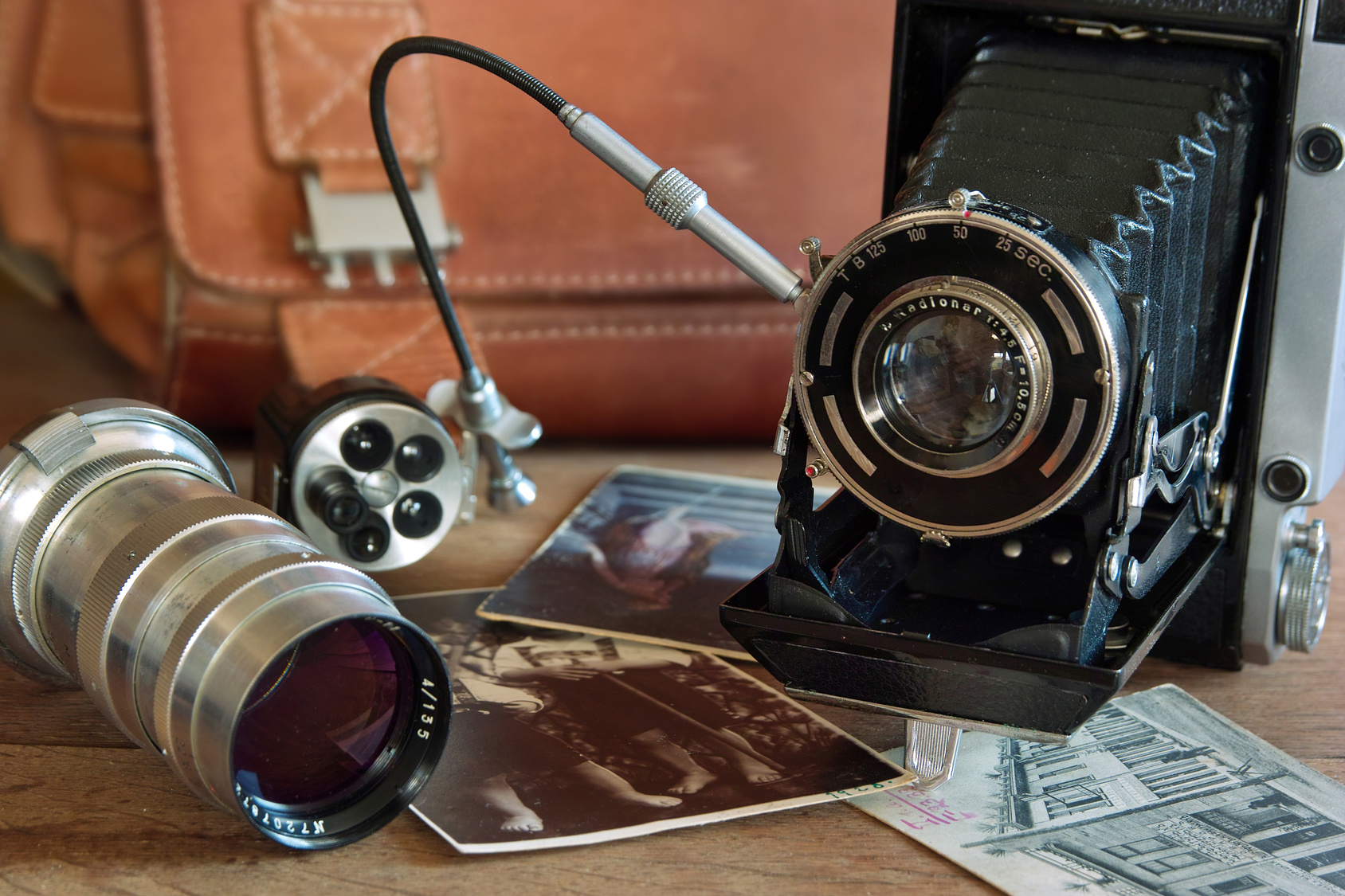35 - 35Shares
When you consider that photography has only been commercially available for a little under 200 years, it’s amazing to think how far we’ve come. Photographs used to require special equipment, long exposure times, special chemicals and facilities for development, and trained photographers. Today, a five-year-old can take a decent picture with her dad’s smartphone and share it with people across the world in a matter of seconds.
How have we gotten to where we are today? How have we achieved the amazing technological advancement of being able to take a picture with a phone, and send it to a digital frame, a computer, or another smartphone – even if those devices are located thousands of miles away?
Here’s a brief history of this fascinating technology.
1839: Commercial photography is introduced.
Scientists and tinkerers had been experimenting with capturing images on paper using light and chemical reactions since the 1600s. However, it took until 1839 for photography to become practically viable.
This was the year that Louis Daguerre released the daguerreotype, a photographic process that could create detailed images with just a few minutes of exposure time. Up until this point, capturing a photograph required very long exposures – hours or even days – and practitioners had no way to prevent the image from eventually fading away.
The daguerreotype changed all of this, and grew hugely popular. This was thanks to a growing middle class that wanted the affordable portraits that photography made newly possible.
1884: George Eastman invents the first film.
Between the invention of photography and the invention of film, photographers had to lug around boxes of metal photographic plates and toxic chemicals, along with their cameras. This wasn’t just inconvenient – it could also prove dangerous.
This all changed in 1884, when George Eastman of Rochester, New York invented paper coated with a dry gel – they were called negative papers – that could be used instead of metal plates. This was, essentially, the first film.
1888: Eastman invents the first Kodak camera.
With the invention of the first mass-marketable camera, the Kodak camera, amateur photography became a possibility. The first Kodak was a simple box camera – to take a picture, users pressed a button that opened the shutter, allowing light to pass through the lens and onto the film.
1900: The first Kodak Brownie camera was placed on the market, making photography accessible to virtually anyone.
Eastman’s Kodak Brownie camera is what introduced snapshot photography to the masses. The simple, easy-to-operate camera sold for just $1 – affordable for nearly everyone – and film sold for 15 cents per roll. The Brownie was a massive commercial success, with families using them for portraiture, travelers taking them to record their adventures, and even soldiers taking them with them to war.
1935: Kodachrome color film, the first commercially viable color film, was introduced.
While color photography had been possible since the 1860s, it wasn’t until Eastman’s company, Eastman Kodak, invented Kodachrome film that color photography was accessible to the average consumer. This heralded a new age of photography, with Kodachrome’s popularity peaking in the 1960s and ‘70s.
1990s: Digital cameras became widely available.
In the 1990s, digital cameras became affordable for the first time, leading to an explosion of interest in the digital photography market.
Among the first commercially available digital cameras were the Apple QuickTake 100 and the Nikon N90S, both of which were still fairly expensive – between $800 and $1,000. Throughout the 1990s and early 2000s digital cameras continued to do down in both price and size, gradually replacing film cameras almost completely among amateurs.
2000s: Smartphone cameras become ubiquitous.
As the smartphone takes over the cell phone market, nearly everyone has a camera on them at all times. We take pictures of everything we always have – our travels, our family, beautiful landscapes, wildlife and nature. We also start taking finding less traditional photographic subjects, like food, or our feet standing in a puddle. And of course, this era also sees the rise of the selfie.
2007: Nixplay and our parent company, Creed Technologies, were born, bringing the ability to share photos in a meaningful way to people around the world.
Nixplay’s parent company, Creed Technologies, was created to connect people to technology in a meaningful way. That goal is behind everything we do at Nixplay. Whether we’re designing a more beautiful digital frame like the Nixplay Iris, or making our Nixplay app better than ever, we want to give people the ability to connect with each other in real time – no matter how far apart they may be.
With Nixplay’s digital frames, users can send photos directly to the frame from their smartphone from anywhere in the world using the Nixplay app. We’ve come a long way from the daguerreotype, haven’t we?
To find the Nixplay digital frame that’s best for your family, visit the Nixplay store.

Bea is Nixplay’s Social Media Manager. She enjoys drinking coffee, reading about wars, and writing stories. Send her a message at beatrice.bisais@nixplay.com.
- 35Shares
35

